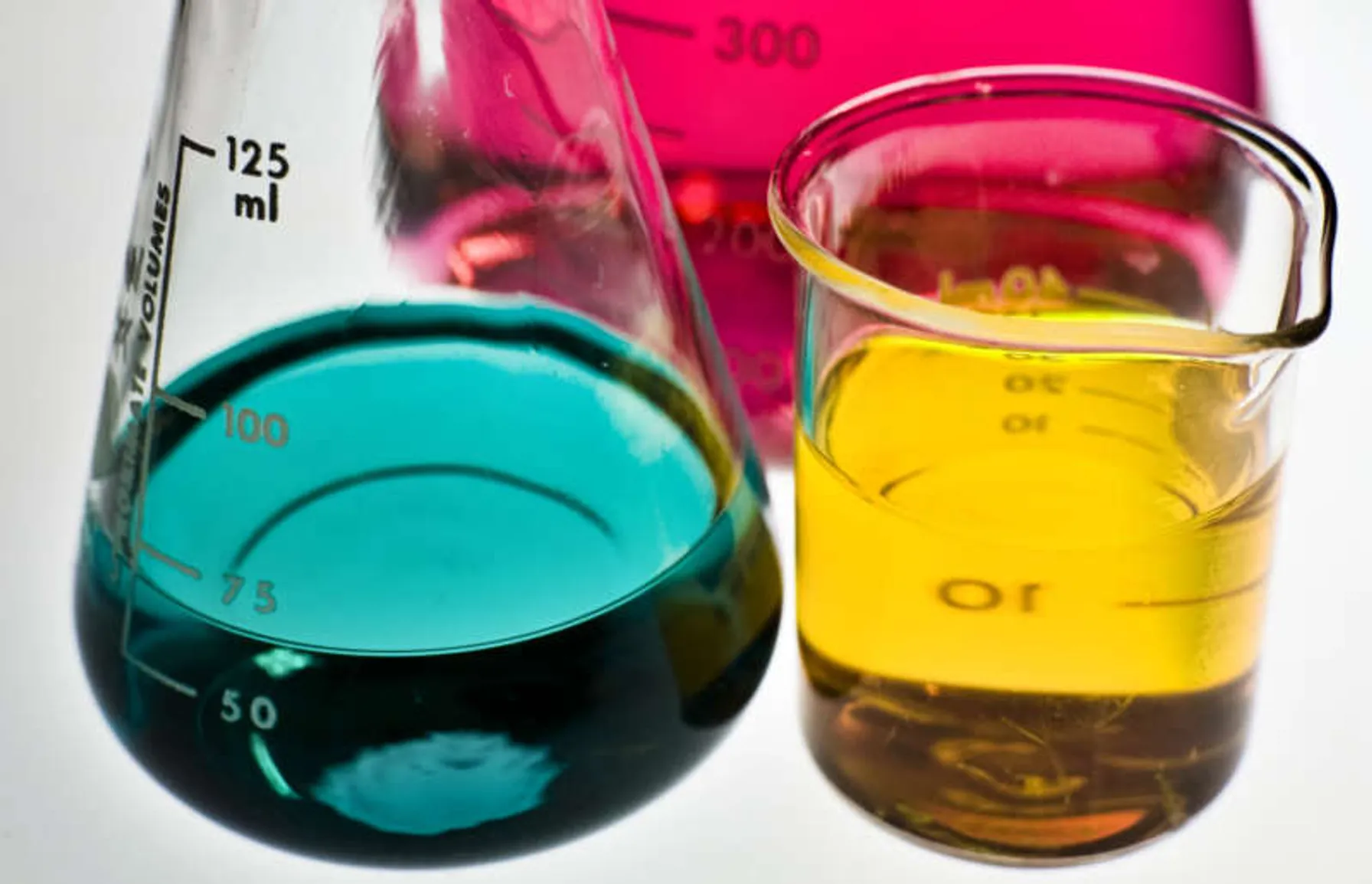The independent testing and analysis of a range of liquid and solid samples is a critical way that industries and businesses demonstrate compliance with environmental regulations. The laboratories that perform these analyses are also subject to environmental rules- most notably air emissions requirements- and should closely track their operations to ensure they are meeting compliance obligations. A recent settlement in Massachusetts resulted in nearly $2 million dollars in fines to four testing laboratories for “allegedly failing to obtain required state permits and control their hazardous air pollutant emissions.” Other laboratories can avoid penalties by knowing how they use chemicals, keeping accurate inventory/use records, and using appropriate emission control technologies.
Related Services
Hazardous chemical emissions subject to permitting requirements
The solvents and chemicals used in the laboratory sample analysis process are typically classified as volatile organic compounds (VOC) or Hazardous Air Pollutants (HAP). The Environmental Protection Agency (EPA) under federal law regulates the emissions of HAPs to protect public health and the environment. Methylene chloride (also known as dichloromethane or DCM), is a chemical widely used in analytical testing methods, but as a HAP, it is of particular concern for emissions compliance.
DCM is used to extract organic compounds from environmental samples. The amount of DCM used per extraction is small, usually less than 400 milliliters (mL), but the total amount of solvent used annually can be high based on the number of samples tested. After extraction, the sample is concentrated by evaporating the DCM. This results in the vaporization of up to 399 mL of solvent per sample. If a solvent vapor recovery system is not installed to capture the solvent vapor, that vapor is emitted directly to a hood and exhausted/emitted to the atmosphere.
DCM also is used and vaporized during the routine cleaning of laboratory glassware. Based on data supplied by laboratories TRC has worked with, approximately 10-30% of the solvent volume released is from cleaning of glassware.
Are your emissions significant?
Emissions of VOCs and HAPs are regulated by the States and EPA. In general, any source (including analytical laboratories) which emits more than an ‘insignificant’ amount of VOC or HAPs, must first obtain and then comply with an air emissions permit. The definition of ‘insignificant’ emissions varies from state to state.
Laboratories may also be considered a ‘major’ source of air emissions (the federal major source threshold is 10 tons per year for any single HAP) and be subject to additional regulations and control. Emitting a major amount of DCM into the atmosphere without an air permit is a significant violation and was the main factor that contributed to the large fines levied against the laboratories in Massachusetts.
Know your emissions
Closely tracking your chemical inventory is key to knowing your emission levels and staying compliant. With proper record keeping you can determine if and when permitting requirements will be triggered. Emissions can be estimated with historical data for the amount of solvent purchased and disposed of as waste, or calculated using data on the number of analyses performed and the amount of solvent lost per analysis.
To accurately determine a solvent emission rate associated with glassware cleaning, laboratories should conduct measurements of the amount of solvent used and collected as waste for different types of glassware and staff. To minimize evaporative losses during cleaning it is recommended that a standard operating procedure be set for glassware cleaning and that staff be trained to it.
Many laboratories are processing more samples than ever before, given the expansion of environmental rules requiring testing. This is particularly true in states such as Texas, Colorado, Wyoming, North Dakota, Ohio and Pennsylvania where oil and gas projects are booming. It is therefore important to continually account for operational growth and its impact on emissions thresholds.
Control equipment and permits
Once actual and potential emissions are known, the laboratory should compare them to permit thresholds set by state air pollution control regulations to determine if an air permit is required, or if solvent vapor recovery equipment needs to be installed. The laboratories involved in the Massachusetts settlement were required to install emission control equipment which will support a 95 percent reduction in HAP emissions. Laboratories opting for new control equipment should keep in mind that proper design and installation is critical.
Choose TRC
TRC has exceptional experience in inventorying emissions, estimating discharges and helping laboratories stay compliant. Please contact us for more information or share your challenges/best practices in the comment section below.



